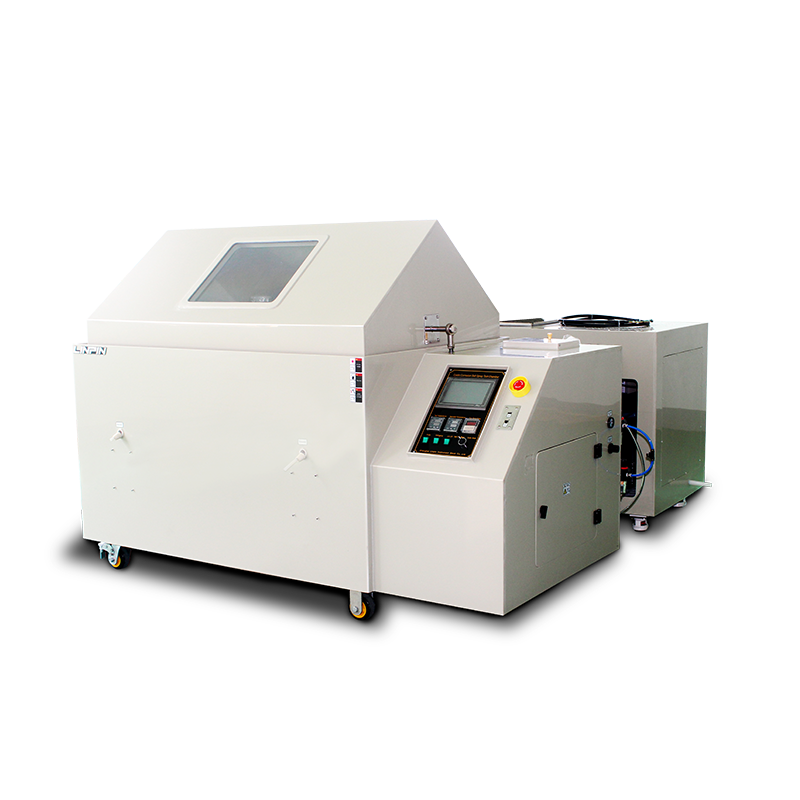

The composite salt spray test chamber breaks through the limitations of traditional constant-value tests. By cycling through salt spray, drying, and humidity-heat conditions, it accurately simulates the outdoor corrosion environment. Its multi-step combined test mode has been widely applied in industries such as electronics, electrical engineering, and mechanical manufacturing, and it complies with the GB/T2423.17 standard. This ensures that the laboratory data closely matches the actual corrosion patterns seen in real-world environments.

What are the differences between a conventional salt spray test chamber and a composite salt spray test chamber? In this chapter, the editor will explain it for you: A conventional salt spray chamber is designed to conduct NSS neutral salt spray tests, ASS acetic acid salt spray tests, and CASS copper accelerated acetic acid salt spray tests. In contrast, a composite salt spray test chamber typically requires humidity control within the chamber and is primarily used for salt spray and humidity-heat alternating tests. It also features a drying function.
The composite salt spray test chamber is one of the artificial climate environment test devices for “preventing humidity-heat, salt spray, and mildew.” It is an important test device for studying the environmental adaptability and reliability of various industries such as machinery, national defense industry, light industry electronics, and instruments. Its performance indicators meet the requirements of GB/T5170.8 “Basic Parameter Calibration Method for Environmental Test Equipment of Electrical and Electronic Products.” The composite salt spray corrosion test chamber can be used for neutral salt spray tests according to GB/T2423.17 “Basic Environmental Test Procedures for Electrical and Electronic Products – Test Ka: Salt Spray Test Method,” and it can also be used for acetic acid salt spray tests.
Tests have shown that cyclic corrosion closely resembles outdoor corrosion in terms of corrosion rate, structure, and form. It has a very good correlation with outdoor corrosion and has long been included in the scope of tests. An increasing number of industries are required to conduct multi-step tests that combine salt spray, drying, and humidity-heat in cycles.
A conventional salt spray test chamber can only perform constant-value tests, while a composite salt spray test chamber can perform cyclic tests.